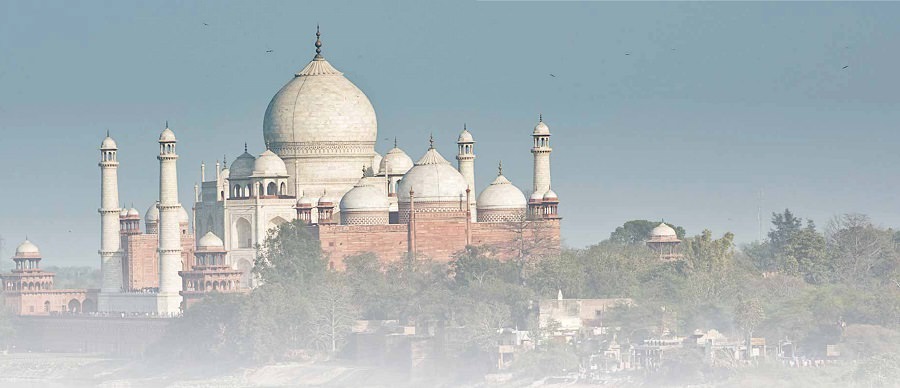Monuments, Landscapes, Cities
Domus India
|October 2017
A discussion on two books: one that focuses on the world heritage monument of the Taj Mahal and the context of the city it sits in, and the other that highlights the contemporary condition of the city of Agra and the natural and historical landscapes it is composed of

Urbanisation is a more complex process today than the making, shaping, and management of cities. Cities that got conceptualised and imagined in another time or era are today undergoing an urbanisation. This is not the same as overgrowing cities, mismanaged development, or unplanned and unprecedented growth. Urbanisation is a phenomenon which is developing a unique form to itself at the present moment. India, at the economic and cultural juncture that it is today, and now, is actually a site for such urbanisation — one which imagines an amorphous region than a bounded shape; it imagines a networked set of migrations and economic exchanges than fixed routes of exit and entry or geographical experiences, and is ambiguously linked and intergrated to its built and natural environment as well as historical imaginations. One could debate about places and cities at one point but those set of equations are probably inadequate today. Historical complexities in terms of feudal relationships reshape through the 20th century; systems of manufacture and productions of goods (often referred to as handmade or craft industries), monuments and natural environments are developing a complicated relationship, a struggle; and sometimes battle with these conceptual twists and turns in the idea shifting from city to urbanity. The discussion on mangroves, or the Ganges, the conflicts of reservation in parts of Gujarat and Rajasthan, or the developing of monumental parks in Uttar Pradesh and Calcutta, or a movie designer invited to design new cities in South India are indications of this very unfamiliar development in urbanisation which we are still trying to understand through the lens of a City.
Dit verhaal komt uit de October 2017-editie van Domus India.
Abonneer u op Magzter GOLD voor toegang tot duizenden zorgvuldig samengestelde premiumverhalen en meer dan 9000 tijdschriften en kranten.
Bent u al abonnee? Aanmelden
Translate
Change font size

